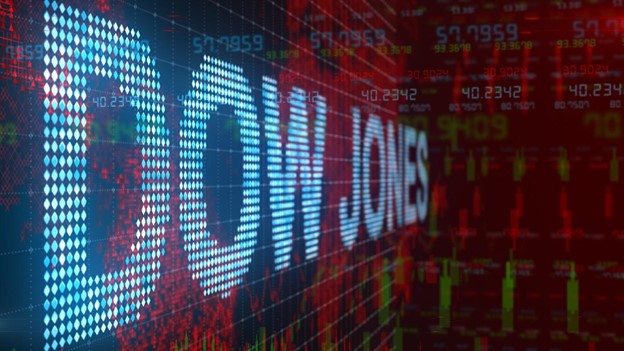Markets face a daunting avalanche or worries. Russia’s invasion of Ukraine, China’s Zero Covid policies, multi-decade high inflation, and supply chain issues are just the tip of the iceberg for headwinds.
Yet here we are with the S&P 500 and Nasdaq rallying 6%+ over the past week. What has market participants excited?
The answer may lie in the July Bank of America Fund Manager Survey. The FMS is a monthly survey the bank runs to help gauge market sentiment. The July survey has approximately 293 respondents who manage over $800 billion in assets. It is widely followed by Wall Street participants.

A breakdown of the survey reflects very bearish sentiment:
- 58% of respondents believe a recession is likely. This is the highest level outside of March 2009 and April 2020. March 9, 2008, marked the lows for the Great Financial Crisis and April 2020 when we were in the throes of the coronavirus pandemic.79% of respondents expect a weaker economy in the next 12 months, the lowest expectations ever in a survey that dates back to 1995.
- Global growth optimism hit an all-time low as the net percentage of respondents expecting a stronger economy fell below the prior record set in October 2008. Bank of America tracks this in conjunction with a measure of respondents who are overweight equities. The spread between these two responses had been large as expectations for growth waned but respondents continued to be overweight equities.
That spread has collapsed as the level of responses are now closely correlated. Basically, respondents were concerned about the economy but were willing to hold assets. The selling activity finally matched dour sentiment which is a necessary step to find a market bottom.
- What if earnings come in weaker than expected? Bank of America Global Fund Managers’ global profit optimism recorded an all-time low. Lower than the pandemic, GFC, internet bubble, and LTCM/Asian Currency crisis in 1998. This means that companies have a very low bar to beat this season.
Fed tightening policies loom as a headwind for markets. However, we are seeing participants become more comfortable with the Fed moves. To wit, the rise in treasury yields has cooled. We are seeing the 2-, 5-, 10-, and 30-year yields start to consolidate, suggesting bond traders are comfortable with the Fed’s direction.
- BofA respondents corroborate this outlook. Fund managers surveyed saw net expectations for a higher global CPI fall to its lowest level since 2009. On the flip side, the net percentage expecting higher short-term rates started to decline. The net percentage of respondents expecting higher bond yields fell to 15%, lower than the March 2020 survey.
- Positioning sets up well for a bounce. Fund Managers are sitting on approximately 6.1% cash levels. This marks the highest level since October 2001. The allocation to equities vs cash have fallen to the lowest level since October 2008. Equity allocation in the July survey fell 29% to net 44% underweight. This is the lowest level since October of 2008.
We are starting to see the potential for this cash to come off the sidelines. This is further evident in the survey question on the most over-crowded trades and allocations.
- The U.S. dollar was the top response, as 41% of those questioned felt this was the most crowded trade. Long oil and commodities (23%), Long ESG assets (12%), Long cash (6%), Short U.S. Treasuries (6%), Short U.S. distressed tech stocks (5%) were also on the list.
- Fund Managers saw investor allocation turn the most defensive since May 2020. Allocation to late cyclicals fell to the lowest since November 2020. Relative positioning in staples vs consumer discretionary was the highest since January 2009. We are starting to see some of that money flow back to the higher beta tech names.
The title of the FMS, “I’m so Bearish, I’m Bullish”, summed up the current move. Basically, when you see market participants this bearish, then markets are at a level where everyone has sold positions. This begs the question, who is left to sell?
The lack of sellers was evident from the middle of June to mid-July when the S&P found support at the 3700-50 level on multiple occasions. There was simply no one left to sell. Everyone was uber-bearish and had already cut any leverage or positions which had them uncomfortable.
The current move is typical when we see sentiment hit extreme levels. The question for the market is whether this now marks the bottom.
Participants remain skeptical as evident by this morning’s AAII survey. Bulls rose to 29% from 27% while bears dipped from 46% to 42%. A positive move but it still signals cautious sentiment.
The current rally is more about the lack of selling than a willingness to buy. However, a rally can creep up on investors if FOMO starts to take hold. We still have plenty of earnings to parse through and the Fed meeting next week. But for now, bulls can feel a little more confident that all the bears have already headed to other pastures.



